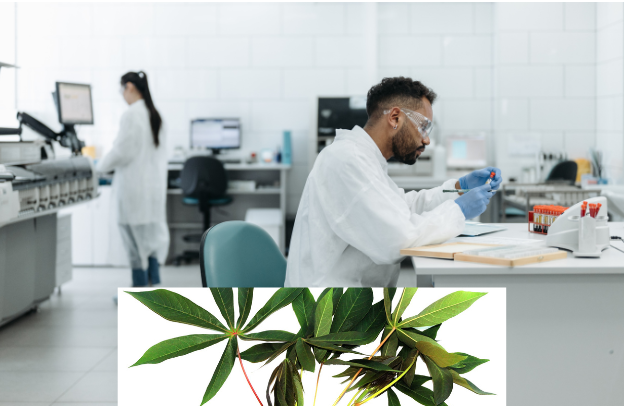Scientists have Developed Innovative Techniques for Faster Gene Identification to Create Resilient Corn Varieties

Amaka Ifeduba PhD | Contributor on Agribusiness Topics
Imagine a world where scientists can rapidly unlock the secrets hidden in corn’s genetic code, enabling the creation of crops that thrive in the face of climate change, pests, and diseases. How close are we to revolutionizing agriculture with resilient corn varieties that can feed a growing global population?
Want to learn more about storytelling? Start by downloading the first chapter of The Storytelling Mastery.
Thanks to groundbreaking techniques in gene identification, researchers are accelerating this transformation. But what makes these new methods so different, and how will they reshape the future of food production? Let’s dive into the innovative science driving the next generation of corn.
Fifteen years after the first draft of the corn genome was published, a significant portion of its genetic secrets remain locked away. Despite identifying nearly 40,000 genes within corn, the functions of 98% of these genes are still unknown.
This knowledge gap has posed a major challenge for agricultural scientists, as understanding these genes is crucial for developing crops that can withstand climate change, pests, and diseases.
Traditional methods of gene characterization have been slow and expensive, hindering progress in unlocking the full potential of corn’s genetic makeup. As a result, researchers have struggled to accelerate the development of improved varieties that could help secure global food supplies.
However, scientists at the University of Nebraska-Lincoln (UNL) are pioneering a new approach that promises to break through these barriers. Their innovative techniques, recently published in The Plant Journal, could change the game in the world of crop research.
See also Companion Planting for Pest Control in Cassava Farming in Nigeria
By significantly speeding up the process of gene identification, they are opening the door to the creation of more resilient corn varieties that can thrive in changing environmental conditions.
This breakthrough not only accelerates the pace of agricultural innovation but also makes it more feasible for farmers to access enhanced crops, ultimately helping to address the pressing challenges of feeding a growing global population.
Method and Results
Led by postdoctoral associate Vladimir Torres-Rodriguez and Professor James Schnable, the team’s innovative approach was RNA-based. Each gene or transcript abundance was linked to a phenotype, and genome-wide association was conducted using a published resequencing-based genetic marker data approach.
Their technique identified ten times more genes affecting flowering time than traditional DNA-based methods.
By identifying the functions of individual corn genes more rapidly and accurately, this breakthrough will reduce the cost of developing new gene-edited corn varieties and increase broader producer access to improved crops. This has the potential to lower prices for farmers, offering a brighter future for the agricultural industry and the global food supply.
Overcoming The Challenges
The project was not without its challenges, requiring the development of new and unique lab and field techniques. These included rapid sample collection and flash freezing to preserve RNA integrity, as well as the use of special equipment designed by Jonathan Turkus using 3D printing.
Learn more about Food Security & Agribusiness
Torres-Rodriguez also played a pivotal role in developing a software pipeline for data analysis, repurposing tools, and creating new quality control steps.
The goal, Schnable said, is “to make sure that, decades from now, when a Nebraska farmer is driving his tractor, the corn being planted has the genetics to perform well and tolerate harsher conditions.”
Supported by a $650,000 grant from the U.S. Department of Energy’s Advanced Research Projects Agency-Energy program, this project positions UNL as a leading research institution for corn genetics.
Collaborations with private-sector scientists like Brad Zamft, the project lead of a stealth plant biology project at X, Alphabet’s “moonshot factory” division that explores a range of scientific innovations, make the future even more promising.
Conclusion
“The expertise that we have experienced and the collaborations that we have engaged in have been delightfully productive, and I think could have a real impact on the world.
There is no doubt in my mind the University of Nebraska is an agricultural technology powerhouse”, Zamft said, to underscore UNL’s potential to impact not just local or regional agriculture, but the global agricultural technology landscape.
By harnessing the power of RNA precision and specificity, this innovation could positively impact the development of climate-smart corn varieties that can adapt to sub-optimal conditions worldwide.
Want to learn more about storytelling? Start by downloading the first chapter of The Storytelling Mastery.





